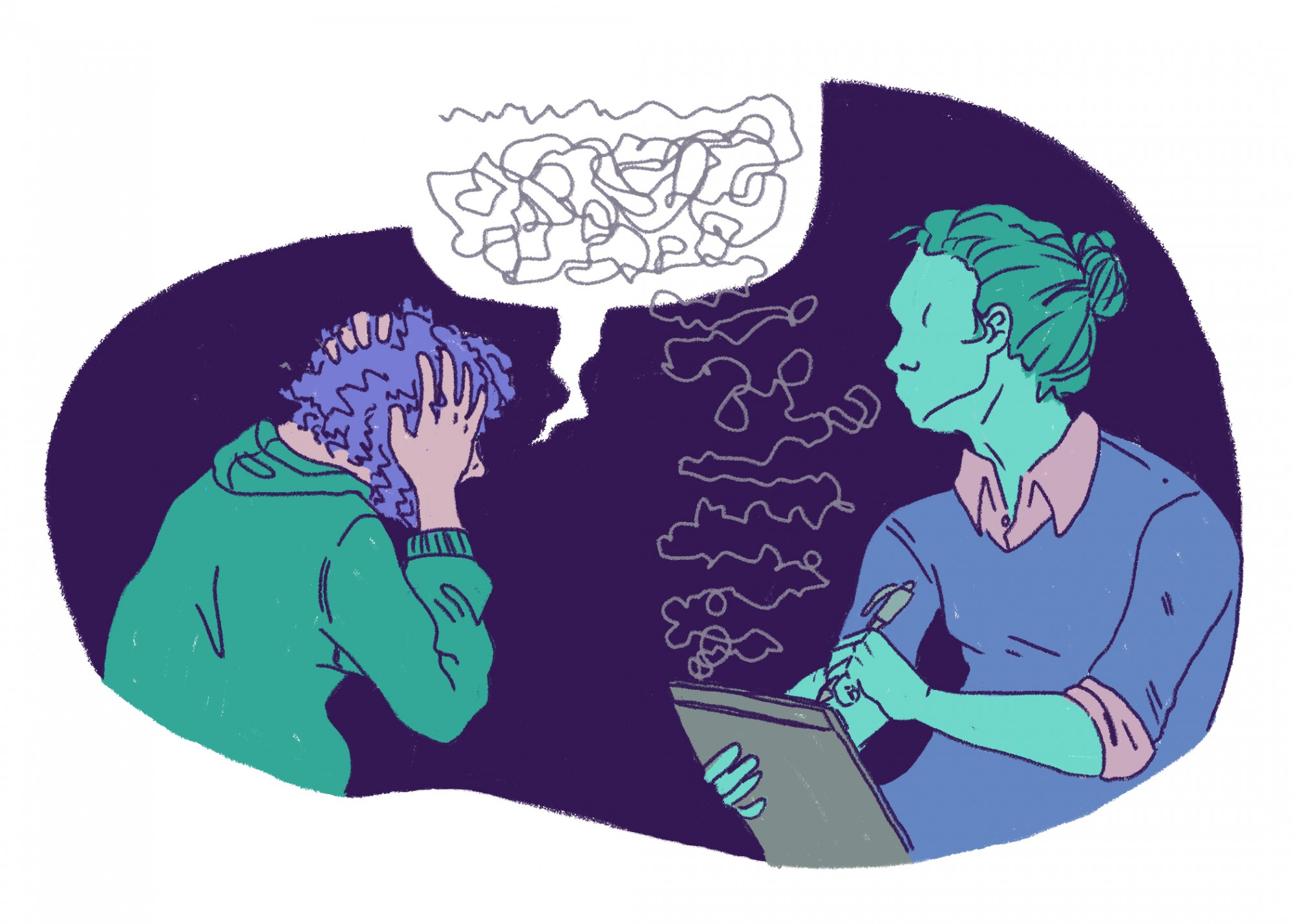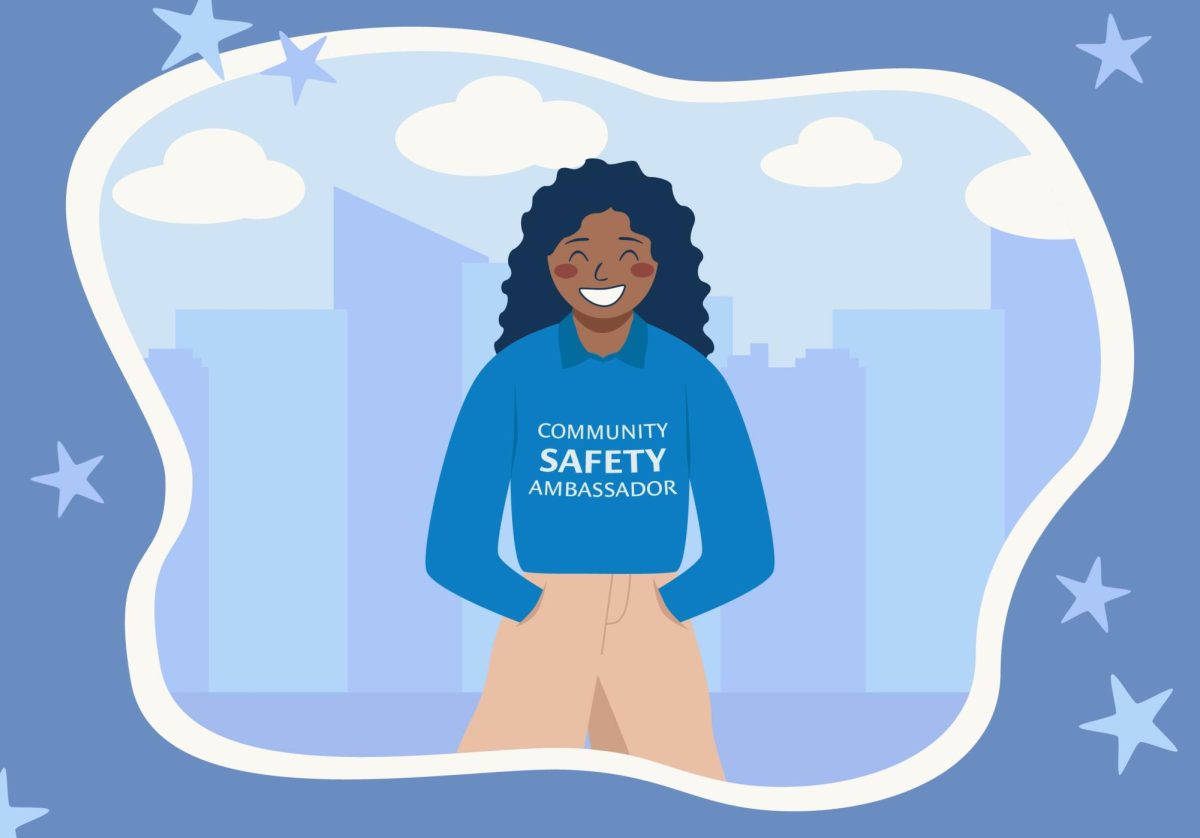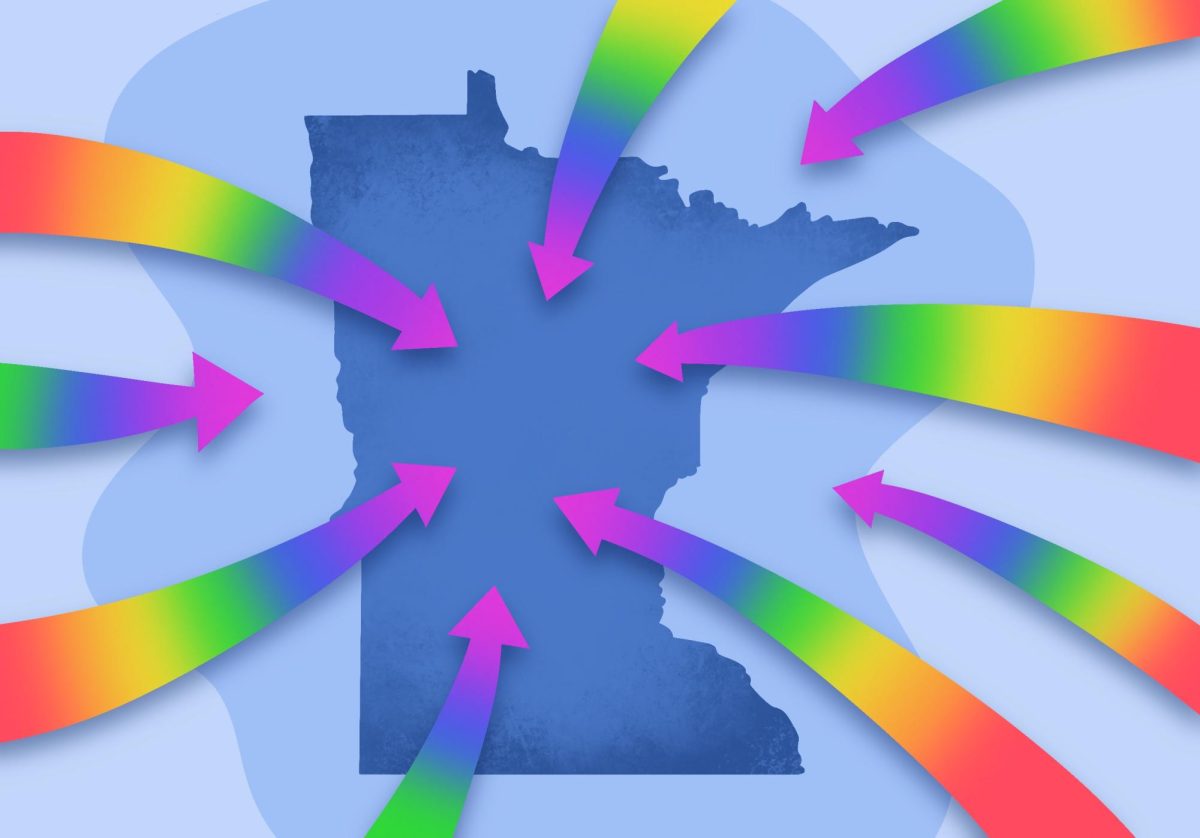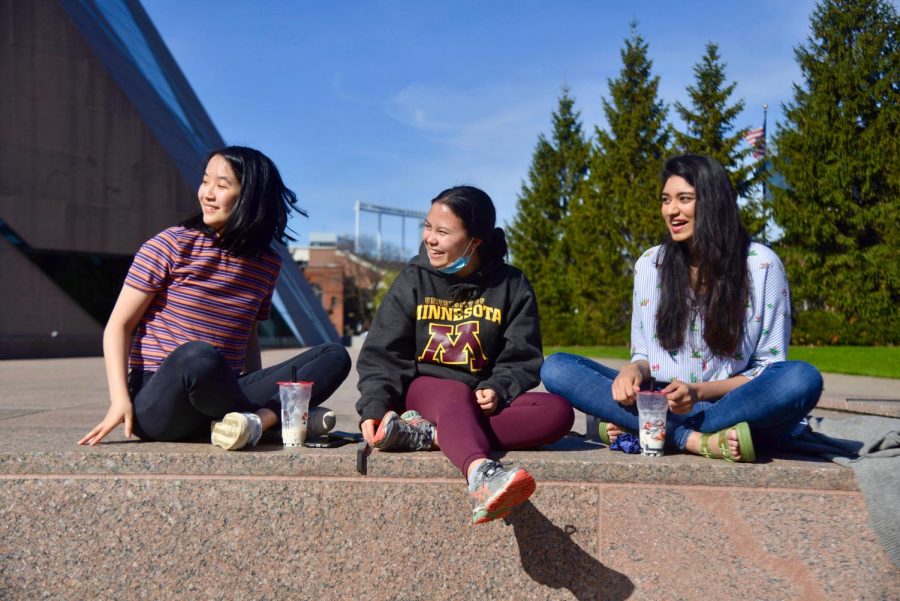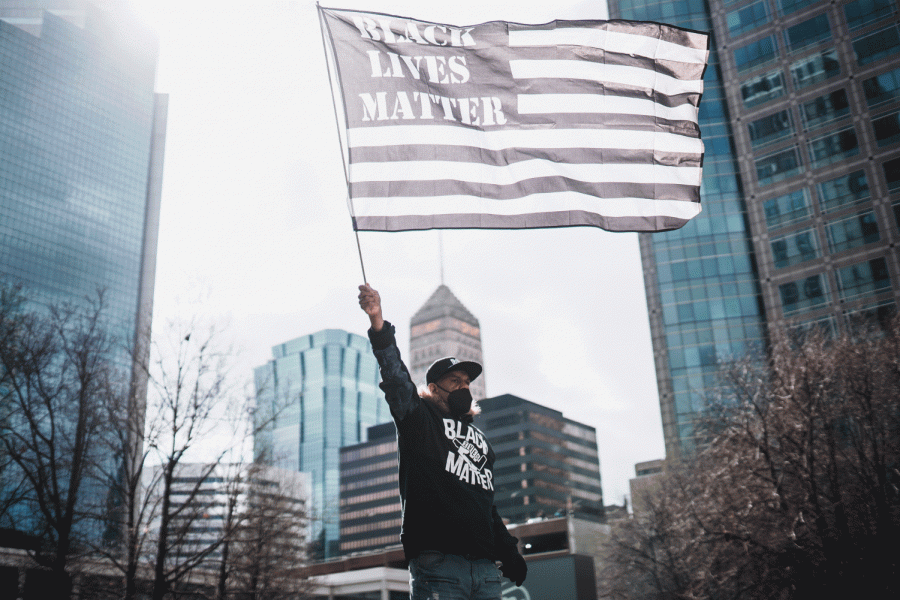Nearly every traumatic event that impacts the University of Minnesota community — deaths, suicides, acts of discrimination or prejudice — reignites a discussion about the adequacy of counseling services.
This debate is not solely relegated to the University of Minnesota.
The reported number of clients at university counseling centers across the country has more than doubled between 2013 and 2019, according to a Center for Collegiate Mental Health report released last month.
This increase has meant both strain and success stories for different counseling service providers across the Big Ten institutions. In 2019 alone, more than 1,800 students reached out to Student Counseling Services (SCS) at the University of Minnesota, according to Vesna Hampel-Kozar, SCS director. For those students, SCS provided more than 8,000 appointments.
This number does not include appointments made at the University’s Boynton Health’s mental health clinic, which offers clinical services on more of a long-term therapy system, versus SCS’s short-term counseling model.
“We offer similar types of general counseling services when compared to our Big 10 counterparts,” Hampel-Kozar said in an email to the Minnesota Daily. “In the Twin Cities, we are fortunate to have many community providers with whom we work with to help facilitate off-campus resource connections for students.”
Offers and limitations
Almost all universities across the Big Ten offer individual, group and couples counseling. While there may be limits to individual and couples therapy, most universities allow unlimited group counseling sessions.
While Boynton gives students 10 individual therapy sessions per year, SCS provides 15 short-term counseling sessions in a fiscal year and 25 during a student’s college career.
This puts the University of Minnesota’s SCS allowance on the higher end of the scale; most universities in the Big Ten provide students with between eight and 10 free counseling sessions, which are often paid for by student service fees.
Though Indiana University has no limit to the number of visits students can make to their Counseling and Psychological Services, full-time students are given two free sessions, and then $30 every following one. This contrasts with Northwestern University, which lifted its 12-session cap in fall 2016.
Isabel Mishkin, student body president at Indiana University, said that the two session limit at her school – three, if counting an initial intake appointment – is an improvement from the single session it used to be several years ago.
“This is a step in the right direction. But, of course, it’s not perfect, right?” Mishkin said. “If you want that third session, if you want that fourth and fifth and six, you have to pay for that – that’s the healthcare model that we have in this country.”
She said there can be perks to the system, though; even though counseling is a short-term model, students can develop relationships with their counselors. The Health Center also offers subsidies for students who may be unable to afford the counseling charges, she added.
What is the deal with wait times?
At the University of Minnesota, wait times for a counseling center session at SCS tend to be between one and two weeks.
The severity of student needs and time of year may impact the duration of this time, but students are referred to other on- or off-campus resources if appointments aren’t available within two weeks.
Across the board, wait times seem to be relatively uniform — at Big Ten institutions, they generally range from one to three weeks. In-take appointments, initial appointments to develop a student’s treatment plan, typically take about a week.
Daniel Kim, Chair of the University of Michigan’s Student Government Mental Health and Community Wellness Task Force, said that wait times are a source of constant frustration at his school.
“There have been a constant feed of negative memes and messages about the wait time at CAPS and the lack of measures taken by the administration to address the long wait times and heavy appointment loads at CAPS,” Kim said in an email to the Minnesota Daily.
He added that students can also find help through other on- and off-campus resources and that wait times are often due to an understaffed counseling center with few resources.
According to Monika Gutkowska, an associate director and staff psychologist of Counseling and Psychological Services at Northwestern University, it is not uncommon for students to be referred by counselors to other on-campus or off-campus therapists or resources. This helps alleviate wait times and ensures that students in crisis are prioritized.
“Right now, we do have a waitlist and no one who does not want to or should be on a waitlist is on it. We try to connect students to other resources in a community when we have a waitlist and make sure we provide support until they are connected,” Gutkowska said in an email to the Minnesota Daily.
What is the ratio of students to counselors?
The number of students, when compared to the number of counselors publicly listed on University websites, can be staggering.
The University of Minnesota, for example, has 28 staff members listed as some form of counselor at SCS. According to U.S. News & World Report, the University of Minnesota has 50,943 students.
This means that for every SCS counselor, there are a little more than 1,800 students. Ratios for all universities were calculated using U.S. News & World Report student population data and do not include mental health care providers listed outside of university counseling centers, like Boynton Health.
There is a wide range of student-to-counselor ratios across the Big Ten. According to the Minnesota Daily data analysis, the University of Wisconsin-Madison ranked on the low-side of the scale: one counselor for roughly every 870 students. More of a heavyweight, Rutgers University had one staff member for every 2,184 students.
At least 11 universities in the Big Ten have more than a thousand students per counselor.
University of Minnesota SCS Director Hampel-Kozar said that “counseling is both challenging and meaningful work.” Growing demand despite limited resources and time can mean added challenges to the workload of counselors.
However, Barry Schreier, director of the University of Iowa’s Counseling Service, said that looking at this ratio, also known as the Clinical Load Index (CLI), can be misleading. The numbers of how many students attend a university can vary greatly from how many actually utilize counseling services, he said.
“There are so many other factors that go into determining staffing rates other than just a simple, how many staff to how many students,” Schreier said, adding that it depends a lot on the mission of the counseling center.
“If we’re supposed to do a lot of open ended long term counseling, then we probably would have to triple the size of our staff to do that,” he said. “If we’re supposed to do a lot of just emergency response, then we don’t need as many staff members.”
What about other services?
While nearly all the schools have drop-in counseling, other services vary from school to school. For example, the University of Minnesota and Indiana University are beginning to offer online counseling options.
At the University of Minnesota, the Carlson School of Management and College of Liberal Arts offer embedded counselors, and the College of Veterinary Medicines has a mental health professional on staff. Student athletes are provided external mental health services through an athletics contract.
The University of Minnesota is one of the only schools in the Big Ten to offer a formalized therapy animal service: PAWS, which is associated with Boynton Health. However, at other schools, clubs or organizations may host events featuring therapy animals.
Universities across the Big Ten also offer support groups specific to certain communities, such as for survivors of abuse.
Where is the U going?
Minnesota Student Association Chief of Staff Lauren Meyers said one of her largest criticisms of the University’s counseling services is the need for more diversity, so that counselors look like, sound like and can empathize with the students they are serving.
The University of Minnesota is aiming to address this, too.
According to documents from the February Board of Regents meeting, the University hopes to focus on “case management, increasing diversity of providers, more transitional support … and additional embedded services to help address unique challenges in accessing care for particular populations of students or areas of study.”
Meyers said she thinks discussions about mental health are becoming more open and honest on the University campus. There is room for improvement when it comes to student counseling, she said, but leveraging those limited resources in a proactive way can both benefit students and counseling staff in the long run.
“Even through things like ‘Let’s Talk,’ or including mental health as an important part of orientation … those things give me hope.”


